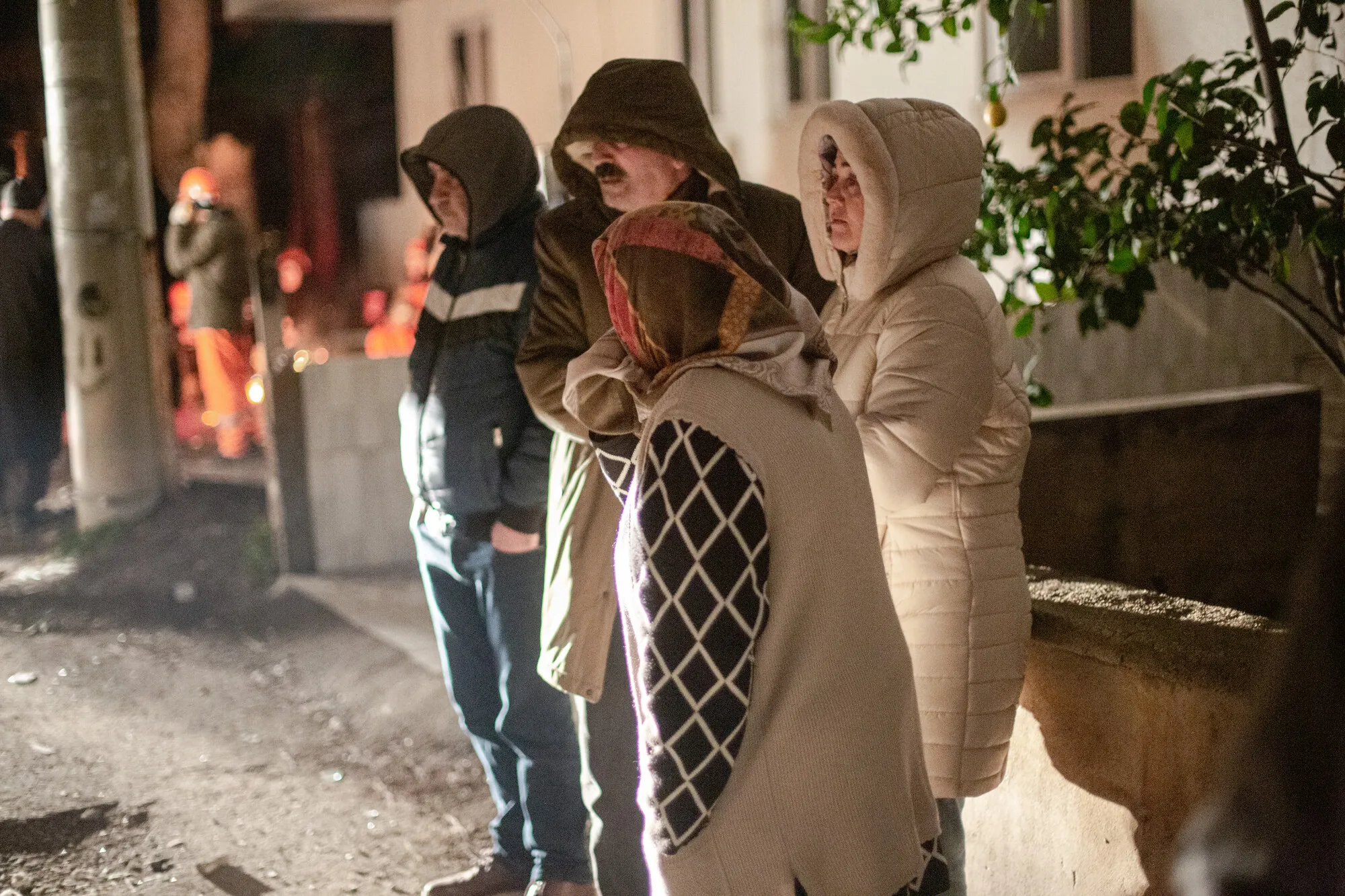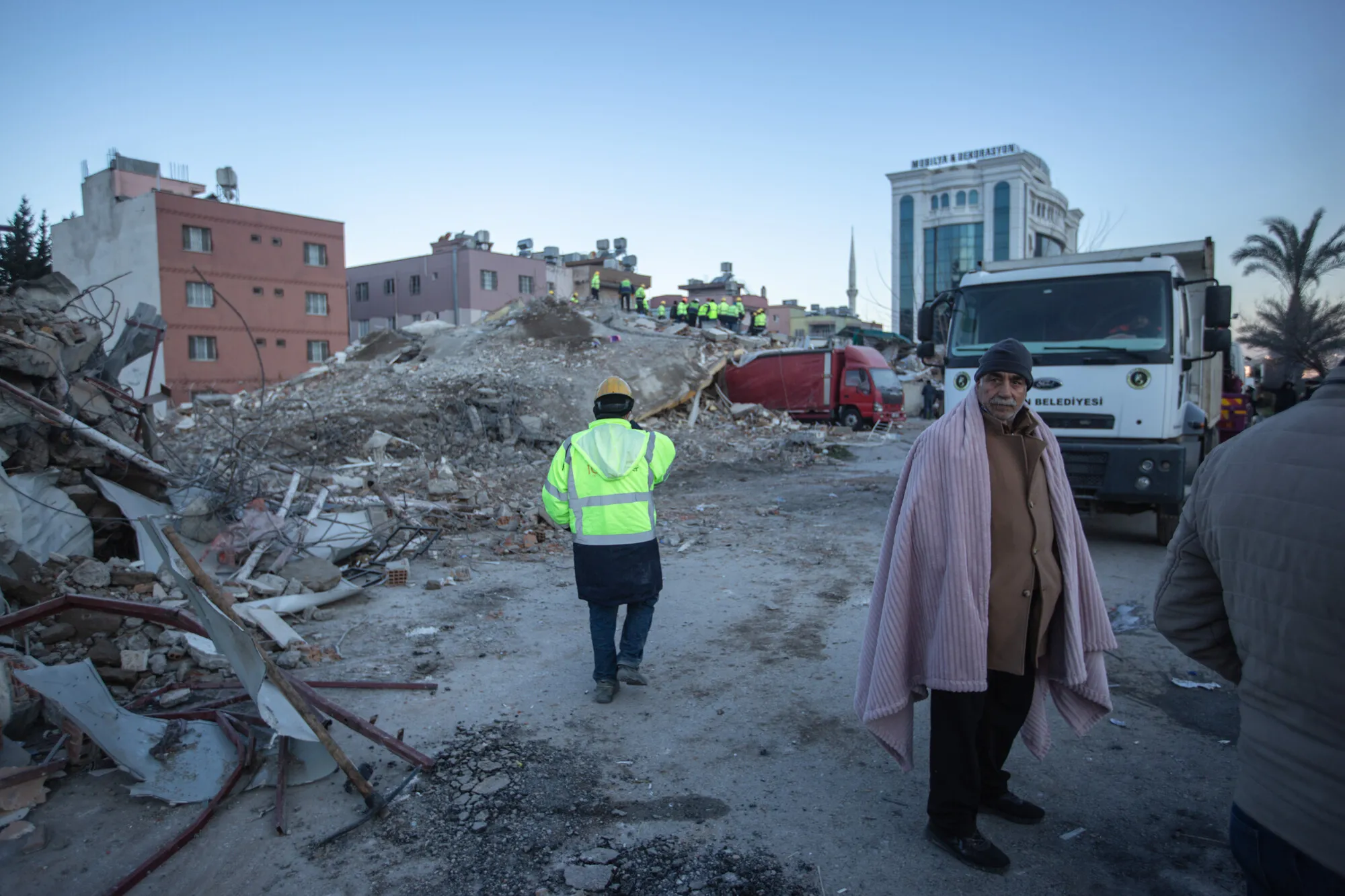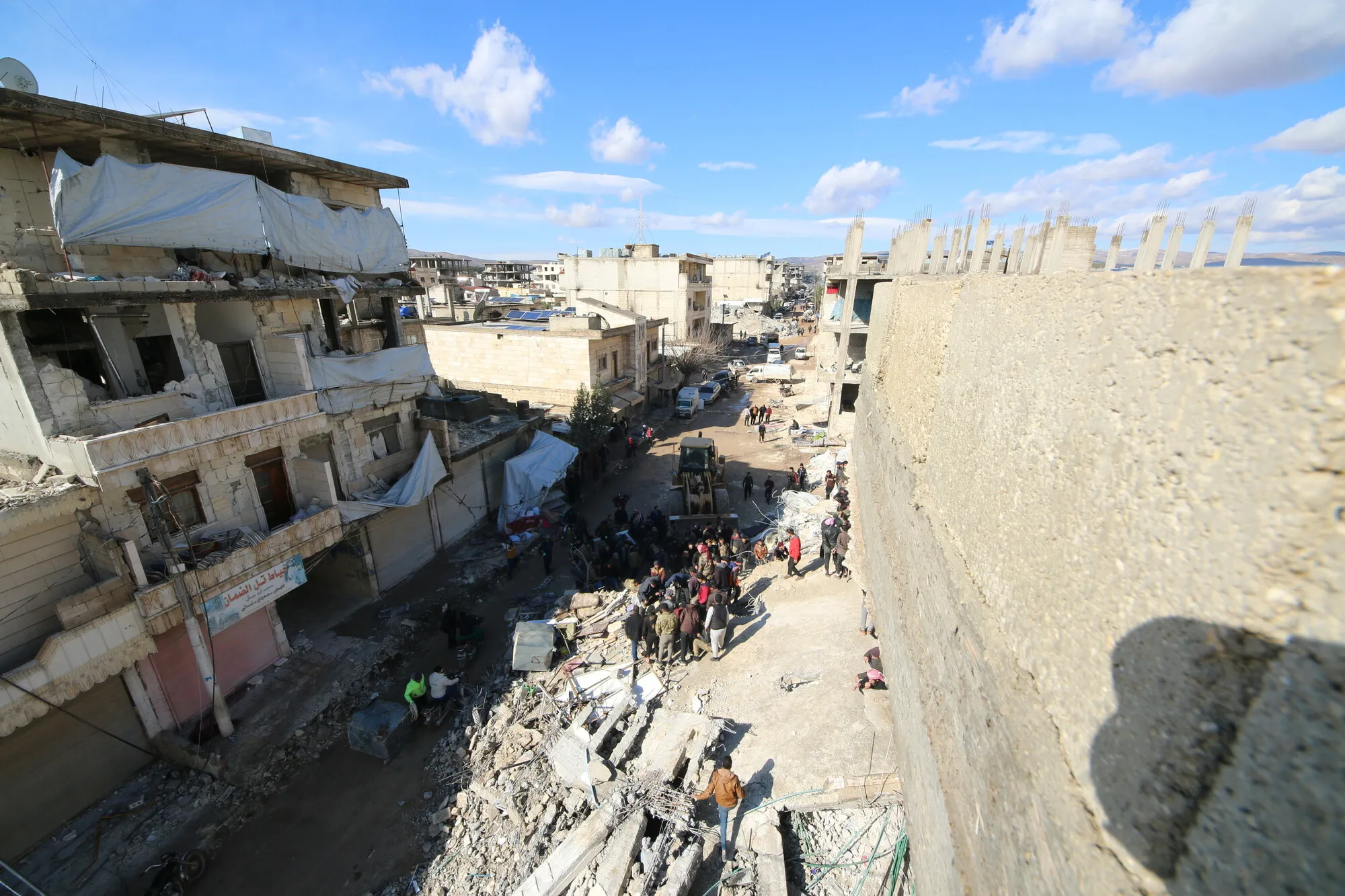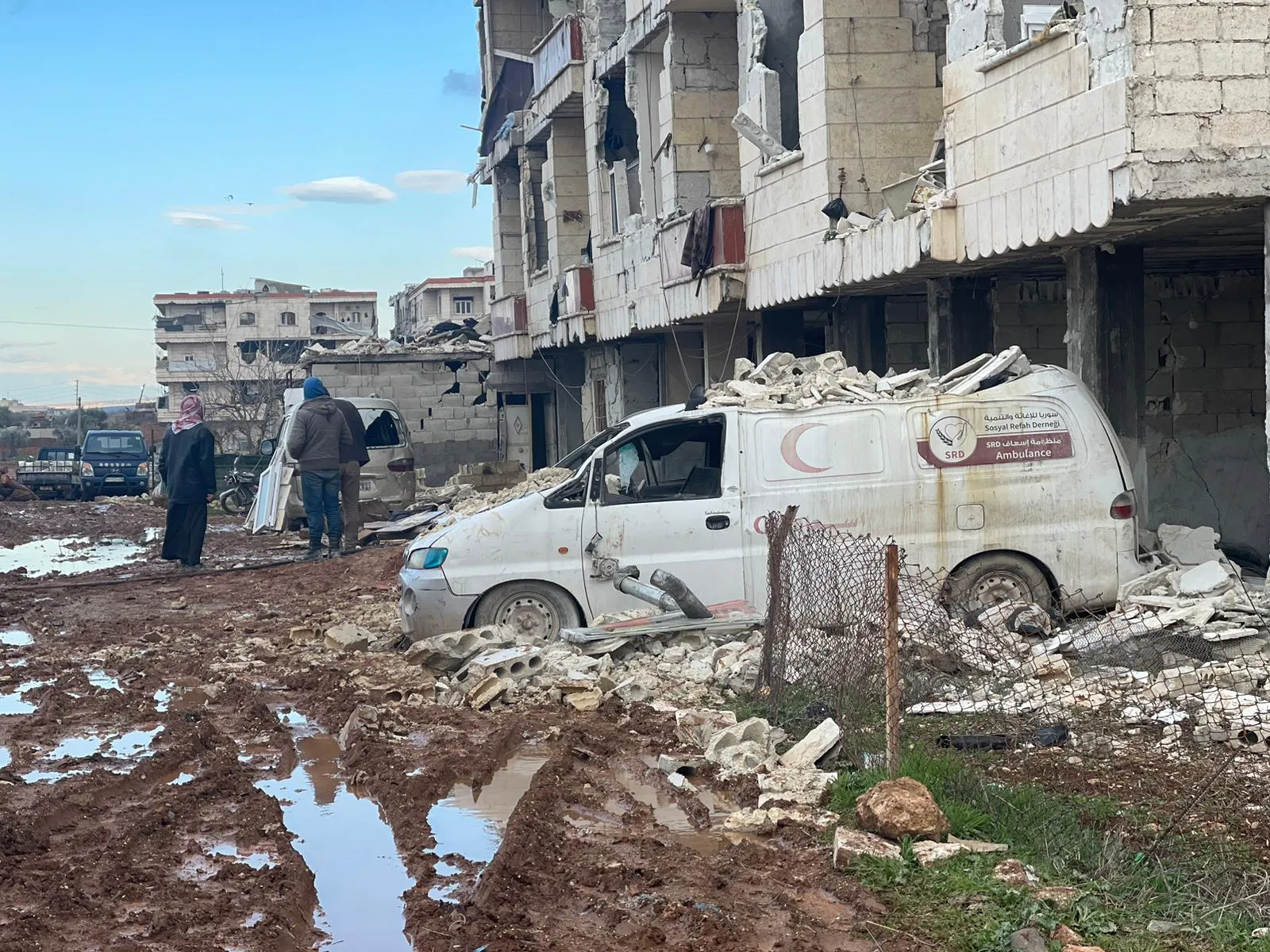“No matter how much I try to describe it,” Taha said to CNN’s Julia Chatterly, “it is still [nothing] compared to what it is on the ground.”
The quakes and their aftershocks have killed over 11,000 people in the region so far, with the death toll rising every hour. There are thousands of people still vulnerable to collapsing buildings, scarce food, and freezing temperatures.
“Some of the smaller towns have been completely wiped out,” Ibrahim said to Christiane Amanpour. “They are no longer on the map.”






